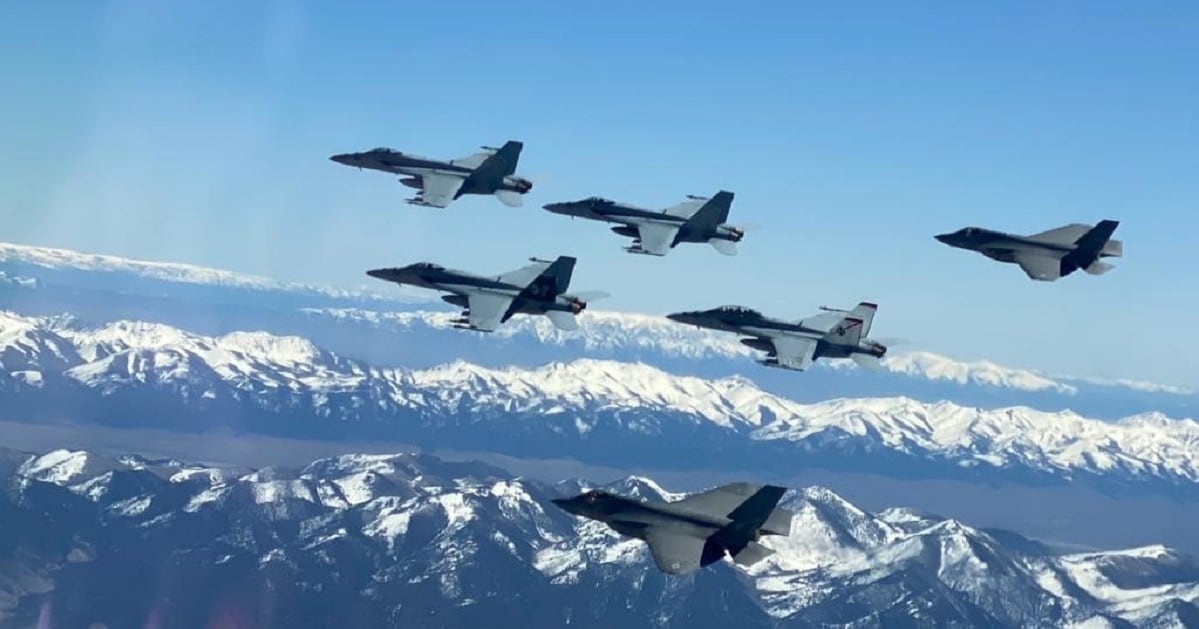Roughly 25 years ago, Capt. Cassidy “Dudley” Norman landed his jet aboard the aircraft carrier John F. Kennedy, an old workhorse of a flattop that was commissioned in 1968 and was one of the last non-nuclear carriers in the Navy’s fleet before it was decommissioned in 2007.
Last month, Norman completed carrier qualifications aboard the nation’s newest carrier, the Gerald R. Ford, ahead assuming command of the carrier John C. Stennis next month.
That arrested landing provided Norman with some distinctive bragging rights: he has now landed aboard six different classes of U.S. aircraft carriers in his career.
Besides the Kennedy and Ford classes, Norman has landed a F/A-18 on the Independence, another non-nuclear carrier and the last of the Forrestal class of carriers that were first designed and built in the 1950s, according to the Navy.
He’s also landed on the Enterprise, of the Enterprise class, the Kitty Hawk class and multiple Nimitz-class carriers.
RELATED

Norman notched his sixth carrier class landing aboard the Ford as part of a fleet replacement squadron carrier qualification wave with Strike Fighter Squadron 106 in October.
As a test pilot, Norman has flown 44 types of aircraft, and he told Navy Times that launches from the older carrier classes hit harder than the newer flattops.
“Launches from an aircraft carrier are always forceful, but they were even stronger on older aircraft carriers like the Independence, Kitty Hawk and Enterprise because the catapults were shorter, requiring more force over a shorter distance,” Norman said.
The Ford class uses electricity instead of steam to launch jets, and steam packs more of an initial kick than the new system, he added.
“On Ford, you feel the strongest acceleration at the end of the catapult as you approach the edge of the ship,” Norman said.
While each class of carrier is different and has unique flight deck shapes and sizes, the basics of bringing the jet in remain largely the same.
“What has changed more over the years is the stability of the aircraft,” he said in an email. “Landing on a ship will always be a challenge, an intense few moments of flight, but modern flight control systems have made landing on a moving ship at sea even safer and more reliable.”
During his recent Ford “CQ,” Norman conducted two touch-and-goes and four arrested landings using the Ford’s new advanced arresting gear, technology that was but a dream for ship builders and designers of yore.
“Dudley is a career Hornet guy, flew some wicked nice passes during CQ and made it look easy, which is impressive after being out of the cockpit for several years,” said the Ford’s commanding officer, Capt. J.J. “Yank” Cummings, in a Navy release announcing Norman’s feat.
Geoff is the managing editor of Military Times, but he still loves writing stories. He covered Iraq and Afghanistan extensively and was a reporter at the Chicago Tribune. He welcomes any and all kinds of tips at geoffz@militarytimes.com.




